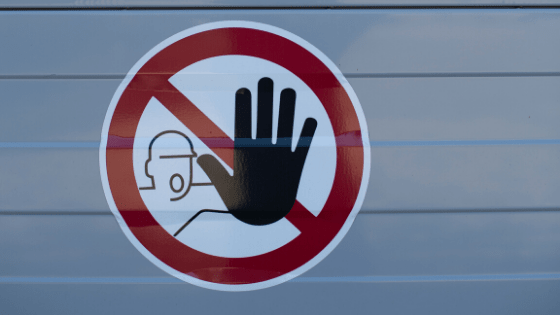General awareness of HAZMAT makes it clear to us that we classify hazardous materials into 9 separate classes. Often, we may find that some of the most basic concepts in emergency response are those that we should revisit from time to time, to make sure we stay proficient. These classes are no exception. Here we shall go through the nine classes, and their subdivisions, as defined by the Emergency Response Guidebook.
Class 1: Explosives
This first class is broken into 6 different divisions within itself. Each division carries a specific hazard, with explosion being the number one or most significant.
Division 1.1 – Explosives which have a mass explosion hazard
Division 1.2 – Explosives which have a projection hazard but not a “mass” explosion hazard.
Division 1.3 – Explosives which have a fire hazard and either a minor blast hazard or a minor projection hazard or both, but NOT a mass explosion hazard.
Division 1.4 – Explosives which present no significant hazard.
Division 1.5 – Very insensitive explosives with a mass explosion hazard.
Division 1.6 – Extremely insensitive articles which do not have a mass explosion hazard.
Class 2: Gases
This class is also broken into multiple divisions. However, only 3 are used to divide this class. One of the most common mistakes people make when considering this class is that it covers all “flammable” gases. This is not true, this class also covers our non-flammable gases and those in which that are deemed toxic, or poisonous.
Division 2.1 – Flammable gases
Division 2.2 – Non-Flammable, non-toxic gases
Division 2.3 – Toxic gases
Class 3: Flammable and Combustible liquids
Class 3 is not broken into any further subdivisions. The class covers all liquids that pose any sort of a threat to become a fire issue. This covers liquids such as gasoline, Diesel, kerosene, and many others.
Class 4: Flammable solids; Substances liable to spontaneous combustion; Substances which, on contact with water, emit flammable gases.
This class seems to cover quite a bit of ground when it breaks down into its divisions. However keep in mind, all of the hazards that are present for these materials generally point back to one thing, and that is its flammability.
Division 4.1 – Flammable solids, self-reactive substances, and solid desensitized explosives.
Division 4.2 – Substances liable to spontaneous combustion.
Division 4.3 – Substances which in contact with water, emit flammable gases.
Class 5: Oxidizing substances and Organic Peroxides
Divided into 2 subclasses, this class generally is accompanied by a picture of an “O” on fire.
Division 5.1 – Oxidizing substances
Division 5.2 – Organic peroxides.
Class 6: Toxic substances and infectious substances
Division 6.1 – Toxic Substances
Division 6.2 – Infectious Substances
Class 7: Radioactive Materials
There are no subdivisions for the radioactive class, however, a radioactive placard will come with extra information in the form of a Roman numeral I, II, or III, or the signal word “Fissile”.
I – Extremely low levels of radiation present. A maximum of .5 mrem/hr
II – Considered to be low levels of radiation. >.5 – 50 mrem/hr but a maximum radiation of 1 mrem/hr at one meters distance.
III – High radiation levels. >50 – 200 mrem/hr with a maximum reading of 10 mrem/hr at one meters distance.
Fissile – Applies to packages carrying fissile materials.
Class 8: Corrosive Substances
While there are no subdivisions for this class, it is important to remember that the physical state of these materials can range from solid – to liquid, or gas, which also makes it important to point out that each phase can be transported differently. Dry bulk sacks can carry solids while different types of tankers can carry the liquids and gases. Do not let a flat-bed trailer fool you, if the placard or hazard is identified, take it seriously.
Class 9: Miscellaneous dangerous goods/hazardous materials and articles
All of the above information can be located in the current edition (2016) of the Emergency Response Guidebook. These books have become a staple for all initial responses to hazmat incidents for years, and rightfully so. The guidebook can effectively allow you to set up your initial response tactics while keeping your crew, and the general public around the incident safe.
With the advancement of personal computer and smartphone technology, it is also possible to use many different mobile applications to find this information and assist you in the field.
Personally, I suggest any responder who may be coming in contact with hazardous materials to use the application WISER developed by the National Library of Medicine. This application includes the ERG inside of it and also includes extras like evacuation/protection zone mapping, what to look for in possible victims who may have been exposed to different materials, and possible treatments for those victims.

